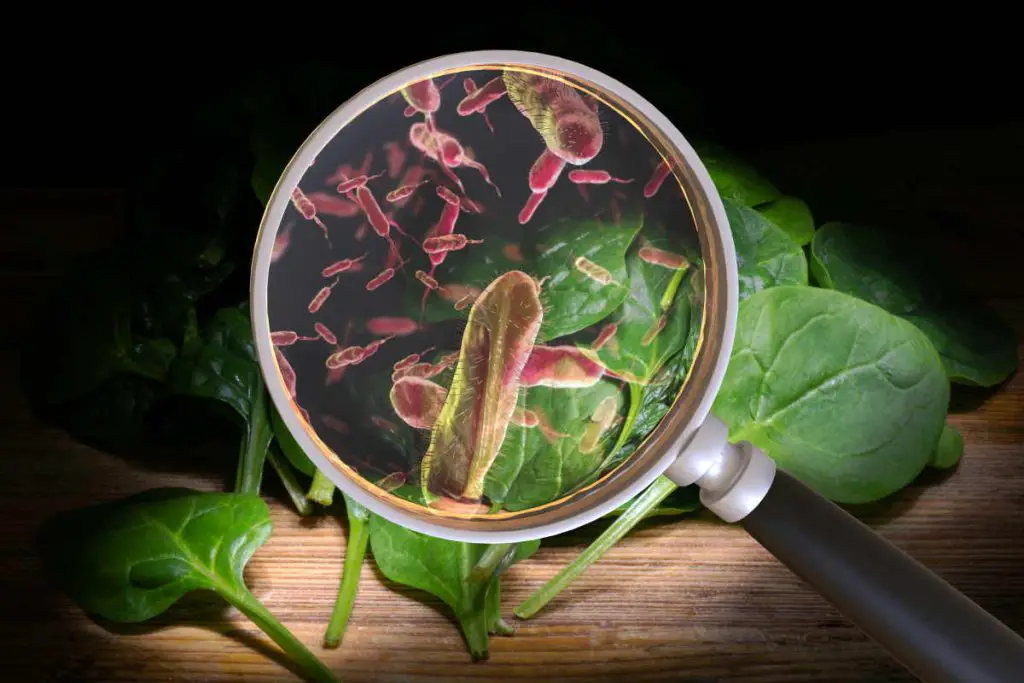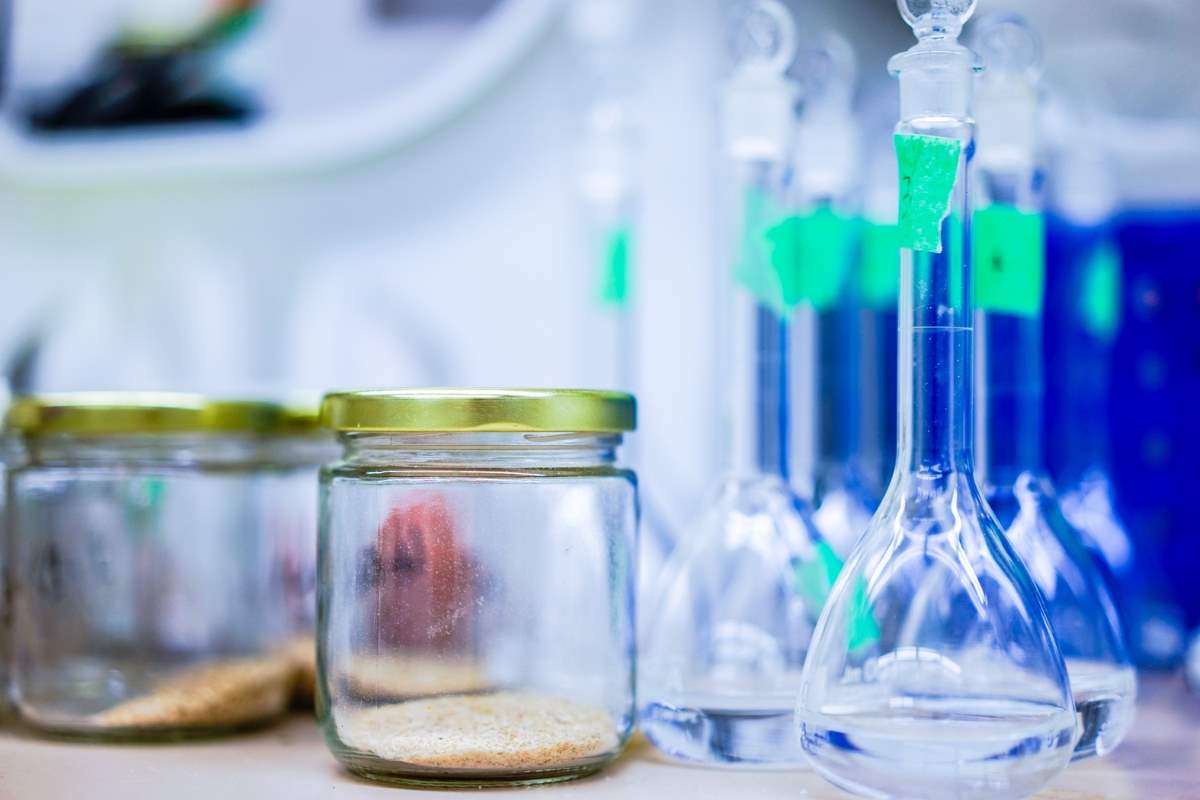Learning about environmental toxins can be frightening, but there’s also a lot of misinformation about what they are and how they affect humans. By definition, environmental toxins are substances that can negatively affect our health and include a variety of chemicals or organisms including carcinogens, BPA, and volatile organic compounds.
Given the wide range of substances out there, it’s not surprising that there’s a lot to unpack when you hear people discussing different toxins. What’s an exaggeration or piece of misinformation and what’s fact? Here are 9 myths and facts about environmental toxins you should know.
1. Fact: Humans Caused Climate Change
This is an easy one, but we want to be clear about this environmental reality. Natural causes can indeed induce climate change. However, most global warming – and our biggest climate concerns today – do derive from human activities.
After analyzing data from 88,125 climate change studies published since 2012, researchers agreed 99% of the scientific literature conceded humans were the leading cause of climate change. This goes against those arguing that climate change would have happened with or without humans.
Environmental toxins including excess industrial pollutants negatively impact our health and our planet. While there are many naturally occurring toxins out there, human-driven climate change is exacerbating the negative effects of pollutants on people worldwide.

2. Myth: Indoor Air Is Safer Than Outdoor Air
When air quality reports suggest staying indoors during heat waves and heavy smog, it doesn’t necessarily mean you’ll be safer from toxins. The U.S. Environmental Protection Agency (EPA) says indoor pollution is usually 2-5 times higher than outside, especially when lacking proper ventilation.
For instance, some types of flooring contain volatile organic compounds (VOCs) like formaldehyde. You might find formaldehyde lurking in synthetic carpet fibers or hardwood finishes, while prolonged exposure to VOCs may lead to throat irritation or respiratory issues.
Ultimately, whether or not indoor or outdoor air is clean depends on your local environment. If your residence has low-VOC materials, good ventilation, and little impact from toxins like asbestos, it’s much more likely to be safe and healthy. On the flip side, if your community regulates pollutants, your outdoor air quality may be healthier, too.

3. Myth: Organic Tampons Are Safer
Contrary to belief, little research exists to prove organic tampons are safer for women than conventional types. The Food and Drug Administration (FDA) regulates tampons as medical devices to ensure they’re made with safe materials.
However, the FDA still allows regular brands to include small traces of dioxins and glyphosate – the latter is used as an agricultural pesticide. While the amount is insufficient to cause serious harm, those with sensitive skin may want to use an all-organic cotton tampon instead. However, this is more of an individual concern than a recommendation that matters for all consumers.
Regardless of the type of tampon you use, one study found the risk of toxic shock syndrome was the same for both. So ultimately, the lesson is that not all chemicals used in our healthcare products are actually bad. If that were true, we would be in much worse shape when it comes to medical innovation!
4. Myth: All-Natural or Green Cleaners Are Automatically Healthier
Don’t fall victim to greenwashing – marketing that promises eco-friendliness without delivering on the results. Cleaning solutions that tout sustainable or all-natural ingredients aren’t always healthier. Remember that some environmental toxins are naturally occurring, but that doesn’t make them healthier than benign industrial chemicals.
If a brand claims it’s free of a specific environmental toxin, it should provide proof it’s free of other components that pose similar risks. If you want a genuinely safe cleaner, make a solution at home using everyday products like baking soda.
5. True: Chemical-Free Living Is Impossible
This is true. While eco-conscious influencers and brands like to claim toxic-free living, it’s not exactly possible. Chemicals are everywhere, from the air you breathe to the food you eat. You can live entirely off the grid and eat organic food you grew yourself – either way, everything contains toxins.
Some pollutants like metals and synthetic pesticides accumulate in the environment over time, rendering them unavoidable. Scientists have even uncovered plastic pollution in remote regions like the Pyrenees mountains and the Mariana Trench.
This isn’t meant to be fearmongering – just the reality that we live in a world composed of chemicals. While many people use “chemicals” to describe human-made substances, there are also many naturally occurring toxins that are impossible to avoid. The best you can do is reasonable research into best practices while avoiding sensationalism from less credible sources.
6. Myth, and Nuanced: Most Environmental Toxins Are Unregulated
Actually, the EPA keeps a comprehensive list of 83,000 chemicals it regulates for commercial manufacturing and importation. That said, many chemicals are missing from the list and require additional research.
However, efforts are underway to identify toxic per- and polyfluoroalkyl substances (PFAS) – also known as “forever chemicals.” The EPA hopes to fill in the gaps about PFAS, including its potential environmental and human health risks and remediation techniques.

7. Myth: Organic Produce Is Chemical-Free
The fresh organic produce you buy may be only somewhat pesticide-free because the National List of Allowed and Prohibited Substances comprises several biopesticides available for use in organic farming.
Additionally, many organic products are packaged in the same facilities as non-organic products. Therefore, it is only possible to avoid environmental toxin residues partially. However, organic produce still has fewer pesticides, herbicides, and fungicides than traditional harvests, so if this is important to you as a consumer you can still place value on the organic label.
8. Fact: Some Chemicals Cause Cancer
It’s true that some environmental toxins have carcinogenic effects and may lead to cancer. The U.S. Department of Health and Human Services has a list that now includes 256 substances that are known or expected to cause human cancers. These substances include various biological, chemical, and physical agents and ways humans may be exposed.
For example, benzene is common in cleaners, paint strippers, and adhesives. However, smoking causes 90% of benzene exposures, putting American smokers at an increased risk of developing lung cancer.
9. Myth: There’s Nothing You Can Do
Some environmental toxins are a significant issue, but it’s not too big of a problem that you can’t make a positive impact on the planet. Your involvement in organizations that advocate reducing and eliminating chemicals, policymaking, and fundraising for research can drive change.
Additionally, removing all chemicals may not be possible, but you can do your part to lessen the environmental toxins you use or produce by making smart buying decisions.
Environmental Toxins Are Part of Life
You’ll make yourself crazy by worrying about every environmental toxin in the world – you can’t avoid them. However, you have some control over the amount of exposure and contribution of harmful chemical emissions you generate.
- 9 Myths and Facts About Environmental Toxins - January 4, 2023
- Top 6 Deadliest Hurricanes ever recorded - November 7, 2022
- Are All-Electric Homes Feasible in the Near Future? - September 25, 2022

